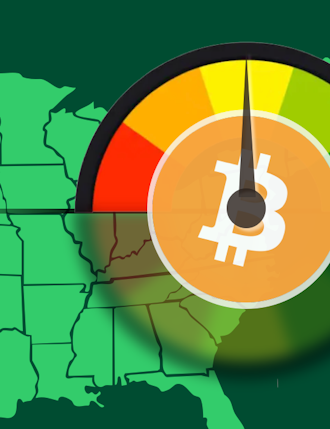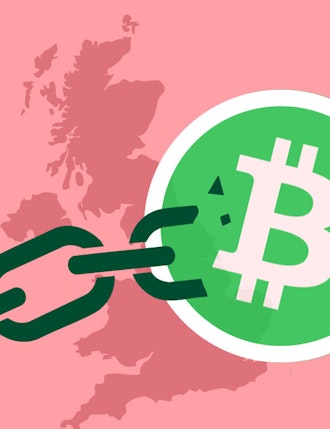Petrol stations are facing a challenging time in the UK and around the world. There’s the increase in the use of electric vehicles (EVs) to consider, alongside volatile cost prices and fluctuating volumes. In the UK there is aggressive competition between supermarkets, oil companies and large independents for their share of the market. In fact, the biggest 10 companies now own around 25% of the sites in the country.
They are also facing significant pain points when it comes to payments too. Here we’ll explore three of the biggest and look at potential solutions.
1. Being as efficient as possible with payment infrastructure
Petrol stations have evolved to be self-service in the main. Long gone are the days of someone filling up the customers’ cars for them. Now the customer does it themselves, but why are so many still asking them to come into the store to pay on their cards or with cash?
When queues are big at peak time and customers are waiting for others to return to their cars, the inefficiency is clear. As are the cost inefficiencies in employing a big roster of staff.
Unattended payment terminals at the pump offer a simple solution. These terminals allow customers to make payment once they’ve pumped their petrol or diesel using a credit or debit card, or through a contactless payment method such as Apple Pay or Google Wallet. One of the biggest benefits is the convenience this offers to customers, as they can make a payment quickly and easily, without the need to head inside and interact with a cashier. They’re super useful at busy times when the queues are backing up on the forecourt too.
They also help petrol stations maximise efficiency and reduce their operating costs. By reducing the need for human cashiers or attendants, money can be saved on staffing costs. It also reduces the risk of fraud. Transactions are quicker, meaning more customers can be served faster.
2. Providing alternative payment methods to customers
Cash was once king. Card might still remain king. But there are more players slowly entering the market too. We’ve already mentioned contactless payments like Apple Pay or Google Wallet. Others exist like Samsung Pay, then there are new payment methods available like Venmo and the increasing use of biometric authentication for payments.
It’s also important to cater to the diverse needs and preferences of customers from different backgrounds, generations, and locations (this means different cities, towns and rural locations and even different countries and global regions).
To accommodate the high variety of payment methods customers may want to use, petrol stations should support as many payment methods as possible. Ensuring compatibility with a wide range of payment methods will increase customer satisfaction and convenience.
So which should petrol stations offer? Which are simply trends and which are here to stay?
It’s essential for businesses to stay up to date with the latest trends in payment technology to enable them to stay ahead of the curve. Keeping informed by attending trade shows and reading industry publications helps to identify any new technologies, but it’s also essential to find the right technology partner.
A good technology partner can help businesses understand and adapt to new payment technologies. A partnership approach can ensure that they are always informed about the latest payment trends and are able to implement them so they can stay competitive in the market. Using one payment orchestration partner for example offers a cost-effective way to bring multiple payment types and providers into the mix efficiently too.
3. Getting the data to understand the customer in an increasingly complex customer journey
We’ve mentioned understanding the wider industry trends, but petrol stations are also faced with the challenge of understanding their customers and their behaviours. How can they get the data on which payment types are being used regularly, which aren’t, and those that are the most efficient for their customers? Also how is this measured across multiple petrol stations with varied customer journeys?
Again it comes down to technology and having the right payment partner in place. This is especially important as the customer journey becomes more complex, spanning digital and physical channels, with multiple partners in place across distributed networks of petrol stations.
To be able to adapt to changing customer needs, these channels need to be connected, with data used to understand customer behaviour and holistically control the endpoint estate. In-person payment orchestration is key for this. It ensures in-person payments are connected to your digital ecosystem, delivering key data to better understand your customers right across the payment spectrum.
Looking to adopt new payment technologies and seeking a partner to support you?
At Aevi we are passionate about working with our clients and partners in the mobility sector to revolutionise the industry, bringing them closer to their customers and providing unmatched convenience worldwide. Contact us today to learn more!










